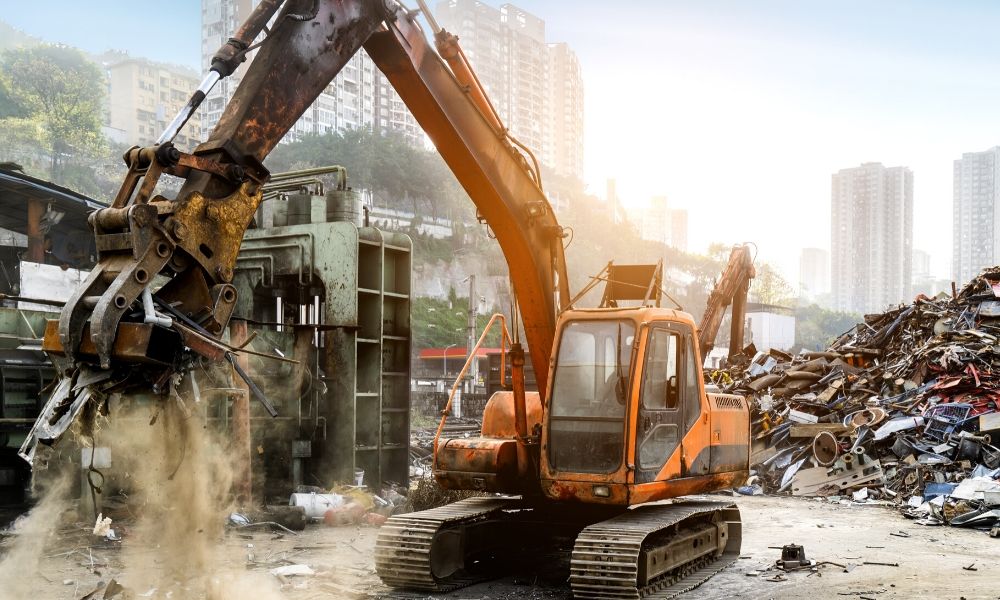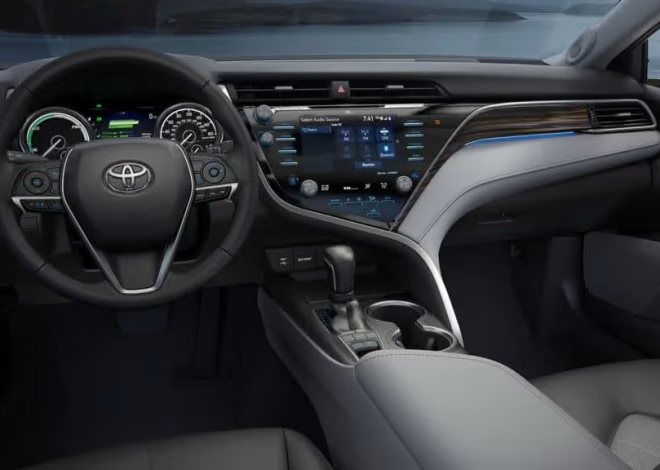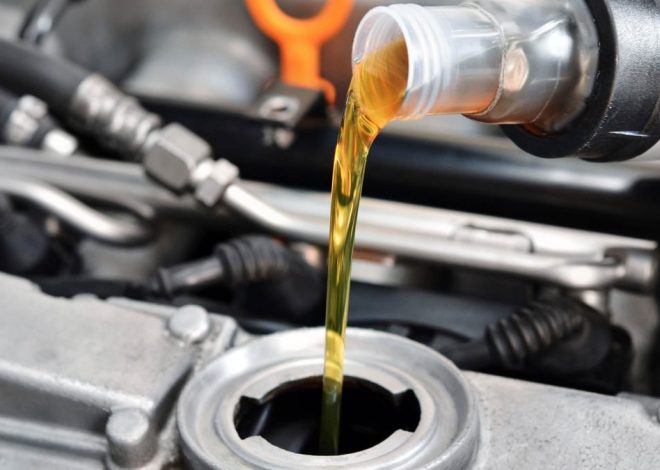
Metal and Memory: The Hidden World of Singapore’s Scrapyards
Scrapyard Singapore operations exist at the crossroads of regulatory precision and environmental necessity, revealing the tightly controlled afterlife of the island nation’s vehicles more clearly than perhaps anywhere else in Asia. These industrial spaces, tucked away in places like Kranji Loop, Yio Chu Kang Road and Punggol Drive, serve as the final waypoints in a carefully orchestrated system where automobiles are treated as finite resources requiring meticulous management by the state. Despite their essential function, most Singaporeans will complete their motoring lives without ever setting foot inside these facilities, experiencing them only through intermediaries in transactions that are at once financial, bureaucratic, and unexpectedly emotional.
The Colonial Blueprint and Modern Transformation
Singapore’s approach to vehicle disposal carries echoes of its colonial past, where British administrative systems created frameworks for resource management that endure in modified form today. The Land Transport Authority (LTA) maintains a registry of appointed scrapyards with the same bureaucratic precision that characterizes all aspects of vehicle ownership in Singapore.
This infrastructure of control transforms what would elsewhere be a chaotic, market-driven process into something resembling a government service, creating a hybrid system where private enterprises operate within rigid parameters established by the state.
“Vehicle owners must make an appointment with the respective scrapyard operator prior to sending their vehicles for scrapping,” states the LTA website, illustrating the controlled nature of even this final transaction.
The Parallel Economies of Scrap
Within this regulatory framework, two distinct economic tracks have emerged:
· LTA-appointed scrapyards: Government-certified facilities that physically dismantle vehicles
· Scrap car dealers: Intermediaries who handle paperwork and transactions
This bifurcation creates an interesting economic model where the value proposition for each path differs significantly:
· Direct scrapping: Maximum potential return but requires personal navigation of bureaucracy
· Dealer services: Convenience and immediate payment but at a reduced financial return
The market has largely tilted toward dealer services, revealing Singaporeans’ willingness to pay a premium for avoiding bureaucratic complexity. In a nation renowned for efficiency, this preference speaks volumes about the perceived burden of the scrapping process.
The Anatomy of Demolition
Once vehicles arrive at the physical scrapyards, they undergo systematic dismantling that resembles an industrial autopsy:
1. Drainage of all fluids (engine oil, coolant, brake fluid)
2. Removal of batteries, catalytic converters, and other hazardous components
3. Salvaging of usable parts for resale
4. Crushing of the vehicle shell
5. Separation of metals for recycling
This methodical process extracts maximum value while minimizing environmental harm. Yet it also serves as a microcosm of Singapore’s broader approach to resource management—meticulous extraction of value from limited resources, with the state maintaining oversight at each stage.
The Human Element in a Mechanical Process
Despite the industrial nature of vehicle scrapping, intimate human dimensions emerge at these facilities. Cars often represent significant financial and emotional investments. Their disposal frequently coincides with major life transitions—retirement, relocation, family changes—giving these transactions emotional weight beyond their monetary value.
The most successful scrapyards recognize this dimension. Customer testimonials frequently praise staff who acknowledge the vehicle’s significance to its owner.
The Financial Calculus
For vehicle owners, three financial components determine the return on scrapping:
· PARF (Preferential Additional Registration Fee) rebate: Applies to vehicles under 10 years old
· COE rebate: Prorated value of any remaining COE time
· Vehicle body value: Determined by the scrapyard based on recyclable content
Together, these can represent substantial sums—sometimes exceeding S$20,000 for newer vehicles with significant COE time remaining. This financial dimension creates urgency around timing; scrapping too late can mean substantial losses, particularly if the COE expires, requiring costly towing rather than driving to the facility.
The Environmental Imperative
Beyond the regulatory and financial aspects lies an environmental dimension often overlooked in public discourse about vehicle scrapping. Singapore’s Green Plan 2030 includes aggressive targets for reducing vehicular emissions, including the phase-out of internal combustion engines by 2040.
The scrapping infrastructure represents a critical component of this transition. Proper disposal ensures that hazardous fluids don’t contaminate soil or water, recyclable metals return to production streams, and batteries receive specialized processing.
The Documentary Evidence
The bureaucratic nature of Singapore’s vehicle scrapping system generates documentary requirements that feel almost ceremonial in their precision:
· Original identification documents must be physically present
· Vehicle log cards must be surrendered
· LTA must receive proof of proper disposal within one month
These requirements create consequences disproportionate to what might seem a simple transaction. Failure to provide proper disposal documentation can result in fines up to S$2,000 or imprisonment up to three months—penalties that transform vehicle disposal from a simple business transaction into a civic obligation.
Choosing Your Path
For Singaporeans approaching the end of their vehicle’s useful life, the choice between direct scrapping and dealer services involves weighing several factors:
· Financial return: Maximum potential vs. convenience premium
· Time investment: Navigating bureaucracy vs. one-stop service
· Timing precision: Optimal COE utilization vs. flexible handover
· Location: Transport to scrapyard vs. potential pickup service
Most vehicle owners ultimately choose dealer services despite the reduced financial return, valuing the simplified process and immediate payment. This preference reveals much about how Singaporeans value their time and their willingness to pay for avoiding bureaucratic complexity.
The hidden world of Singapore’s scrapyards offers a unique window into how the nation balances regulatory control, environmental responsibility, and market forces. These facilities—unseen by most citizens—nonetheless play vital roles in the nation’s resource management strategy. They represent the final link in a vehicle lifecycle that remains among the most tightly managed anywhere in the world, from import restrictions and quota systems to this final dismantling. For those navigating this system for the first time, understanding these distinctive aspects helps transform what could be a confusing process into a manageable final transaction in their automotive journey at a Singapore scrap yard.


